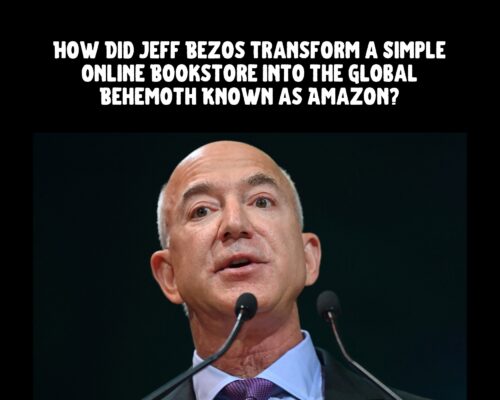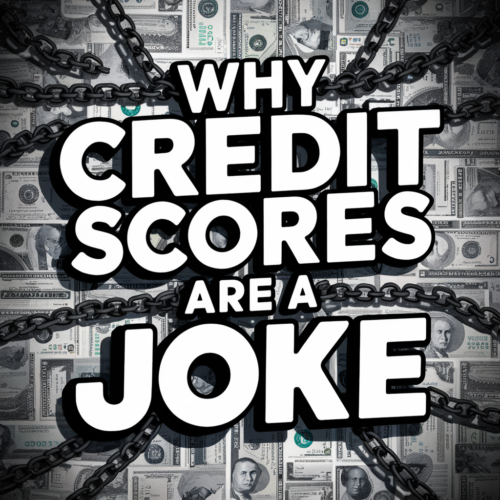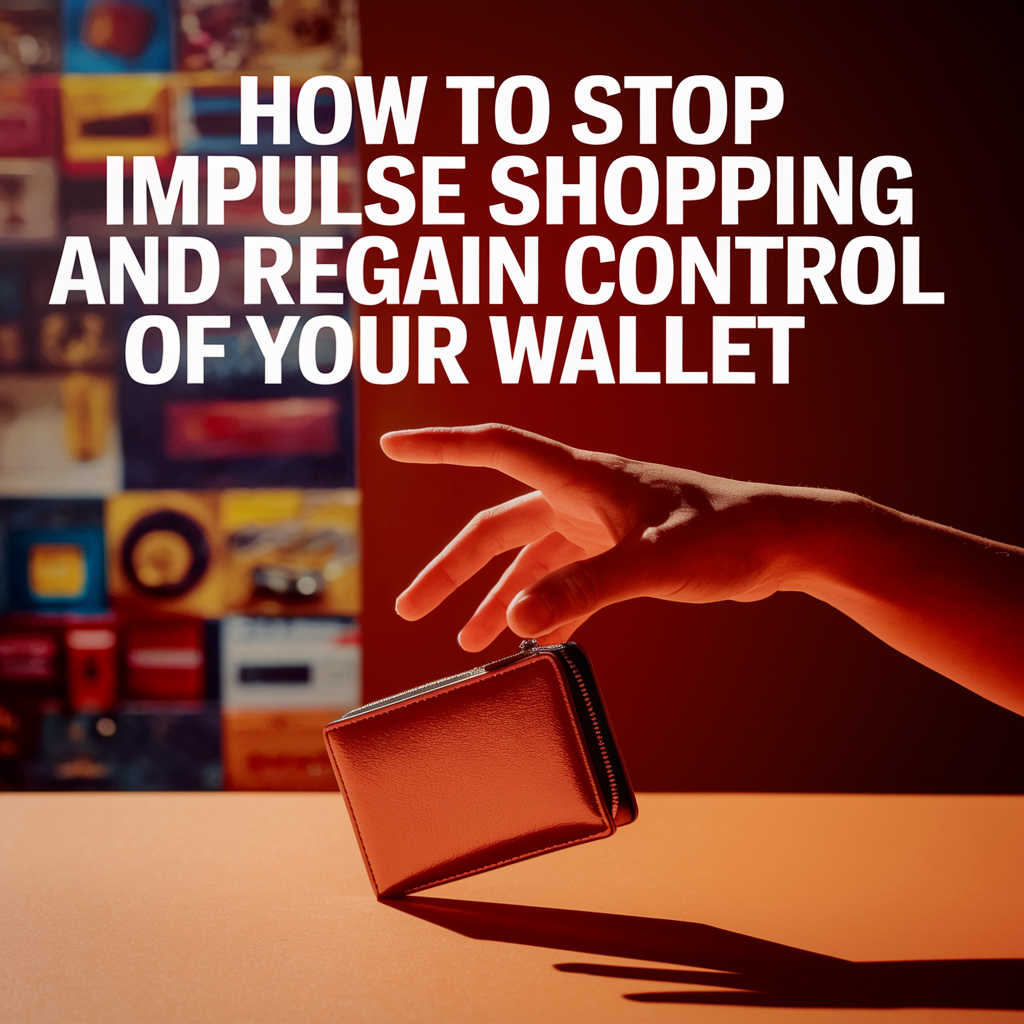
Impulse Shopping Almost Ruined My Budget
I didn’t always think of myself as someone who shopped on impulse. I just liked deals. Or at least, that’s what I told myself while scrolling through Amazon at midnight or grabbing a “limited-time” offer at the checkout lane. The truth? I was bleeding money on stuff I didn’t need — and I didn’t even realize how bad it was until I saw my bank statement one month and thought, Where did all my money go?
Impulse shopping wasn’t just a bad habit. It was a budget destroyer. I’d make a solid plan, try to live within my means, and then boom — I’d break it the next time I passed a sale sign or saw something trending online. I had to figure out how to stop impulse shopping before I buried myself in debt I couldn’t crawl out of.
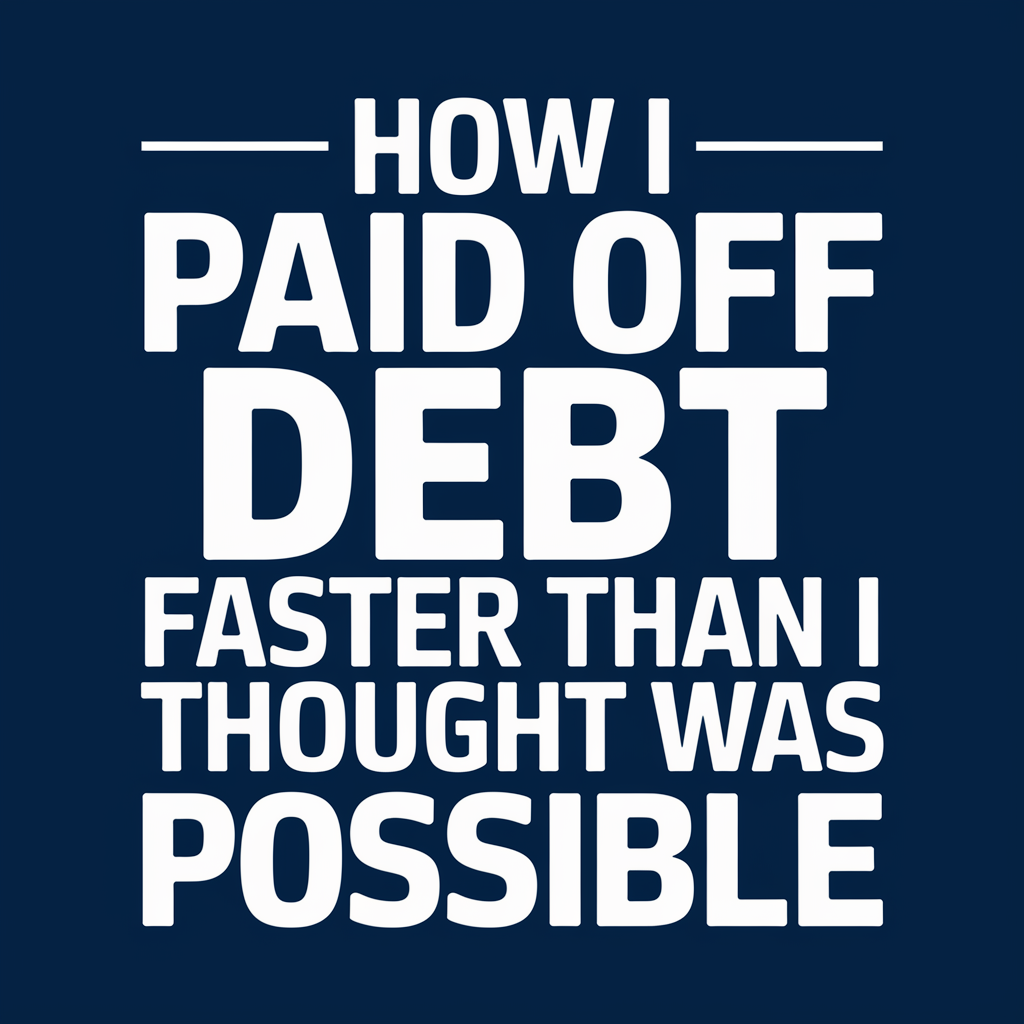
What Is Impulse Shopping?
Impulse shopping is when you buy something on the spot, without planning for it. It’s usually triggered by emotions — boredom, stress, even excitement. Sometimes you feel like you “deserve it.” Sometimes you just want the rush of buying something new. And online shopping? It makes it way too easy to give in.
You don’t think about your long-term goals when you shop impulsively. You’re reacting in the moment. And if you’re anything like I was, you end up with a pile of stuff you didn’t need — and a bank account that’s screaming for help.
Impulse shopping goes hand-in-hand with impulsive spending. Whether it’s grabbing fast food when you already have groceries, ordering something trendy you’ll never use, or filling up your cart with “deals” just because they’re there — it all adds up. And fast.
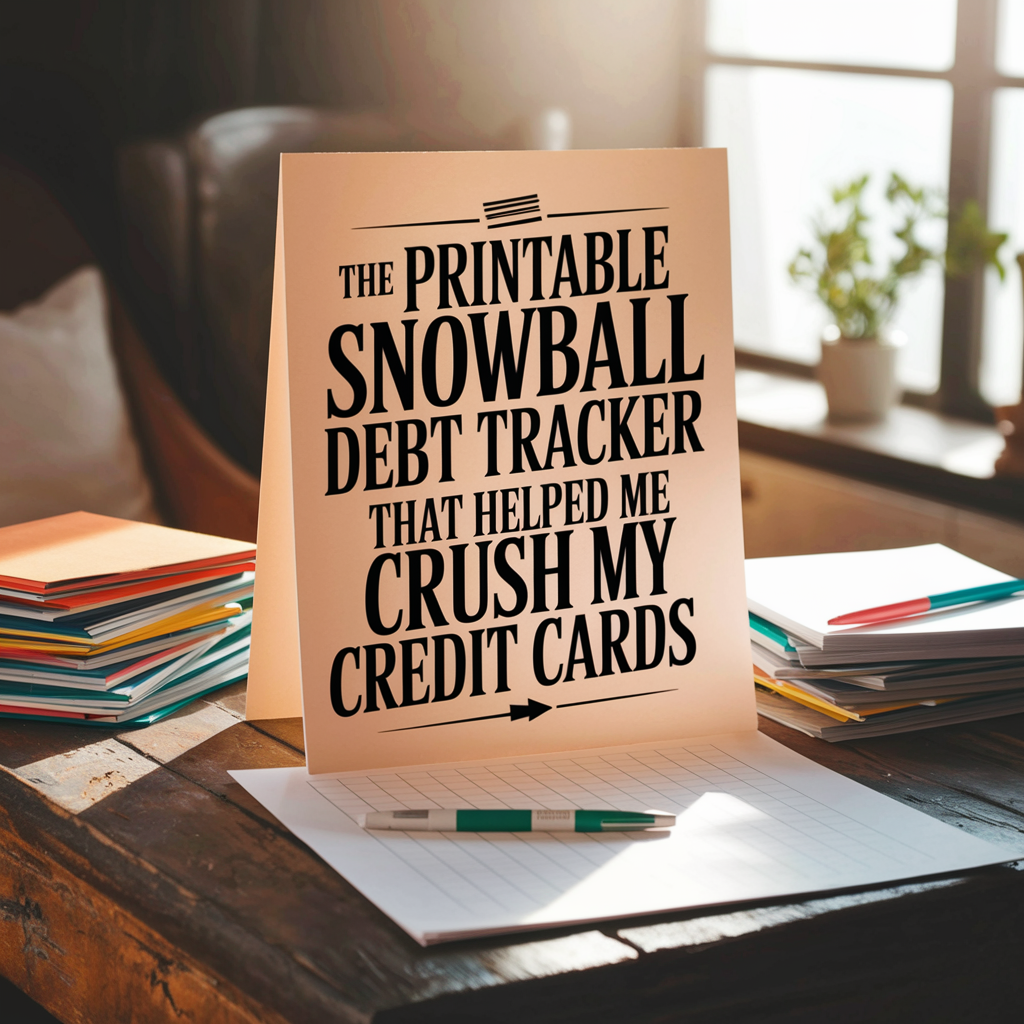
Why Do We Shop on Impulse?
Impulse spending isn’t just about weakness. It’s psychology. Retailers want you to shop emotionally — that’s why the clearance bin is right by the register and why “Only 2 Left!” banners follow you online. But for me, it was deeper than that. I shopped to escape. Stress, boredom, anxiety — those moments felt better with a little retail therapy.
I didn’t realize how often I shopped to distract myself. If I was overwhelmed or anxious, a package on the way gave me a temporary high. The problem? That high wore off fast, and I was left with clutter I didn’t want and guilt I couldn’t ignore.
It wasn’t just me either. Studies show that impulse buying is tied to emotional triggers, lack of self-awareness, and even ADHD-related spending. So if you’re struggling, you’re not alone — and it’s not hopeless.
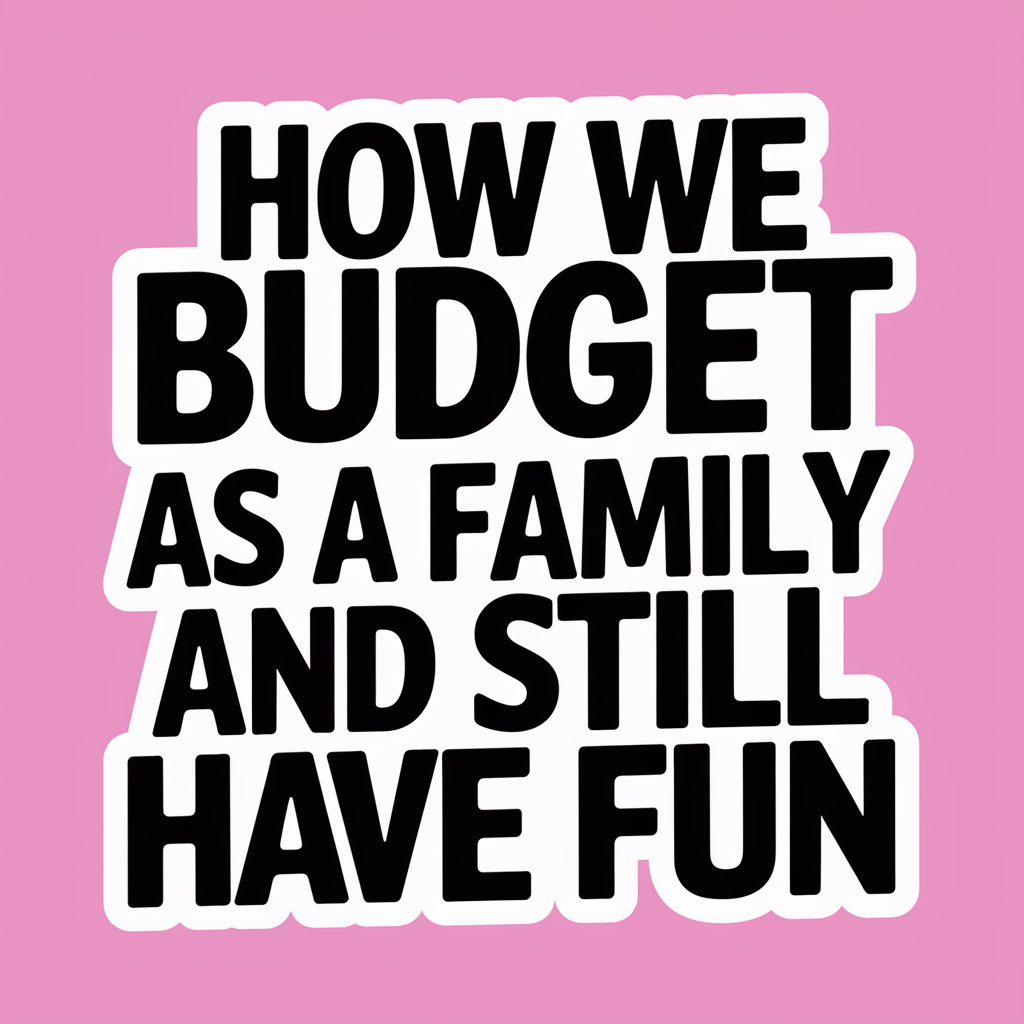
How Impulse Spending Wrecks Your Financial Goals
That $8 coffee or $20 gadget doesn’t seem like much in the moment. But when it’s happening five or ten times a week, it adds up fast. I used to tell myself, “It’s just a few bucks.” Then I realized those “few bucks” were keeping me from saving for emergencies, investing, or paying off my credit cards.
Impulse shopping was the silent budget killer. It wasn’t the rent or the bills that broke me — it was the random, unnecessary spending I couldn’t even remember doing.
If you’re trying to stick to a budget, this habit will knock you off track faster than anything. I had to face it head-on, and it started by tracking every single purchase. Once I saw how often I spent without thinking, I couldn’t unsee it.
👉 Helpful Tool: I started using this Monthly Budget Planner PDF ✍️ to track all my expenses — and it honestly changed how I saw my money.
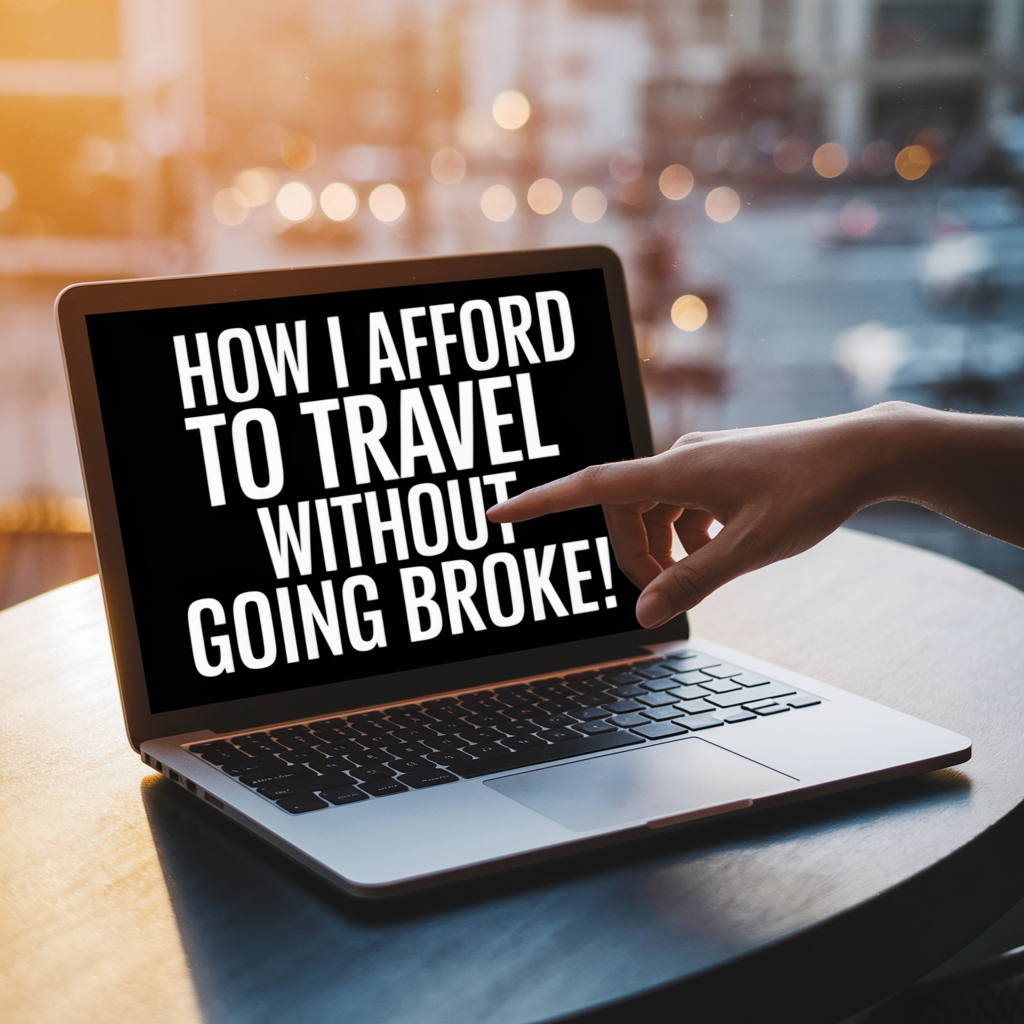
The Moment That Made Me Change
I hit my limit standing in line at Target. I had gone in for toothpaste… and somehow had $87 worth of stuff in my cart. I realized I didn’t actually need any of it. That was the day I said: “I’m done letting impulse shopping control me.”
I decided to treat my money like it mattered — because it does. That shift in mindset made all the difference. I didn’t stop cold turkey, but I did start questioning every purchase. I asked myself:
- Will I still want this in 48 hours?
- Do I already have something that does the same thing?
- What am I really feeling right now?
Impulse spending is often emotional. So once I got honest with what was going on in my head, I could finally stop the cycle.
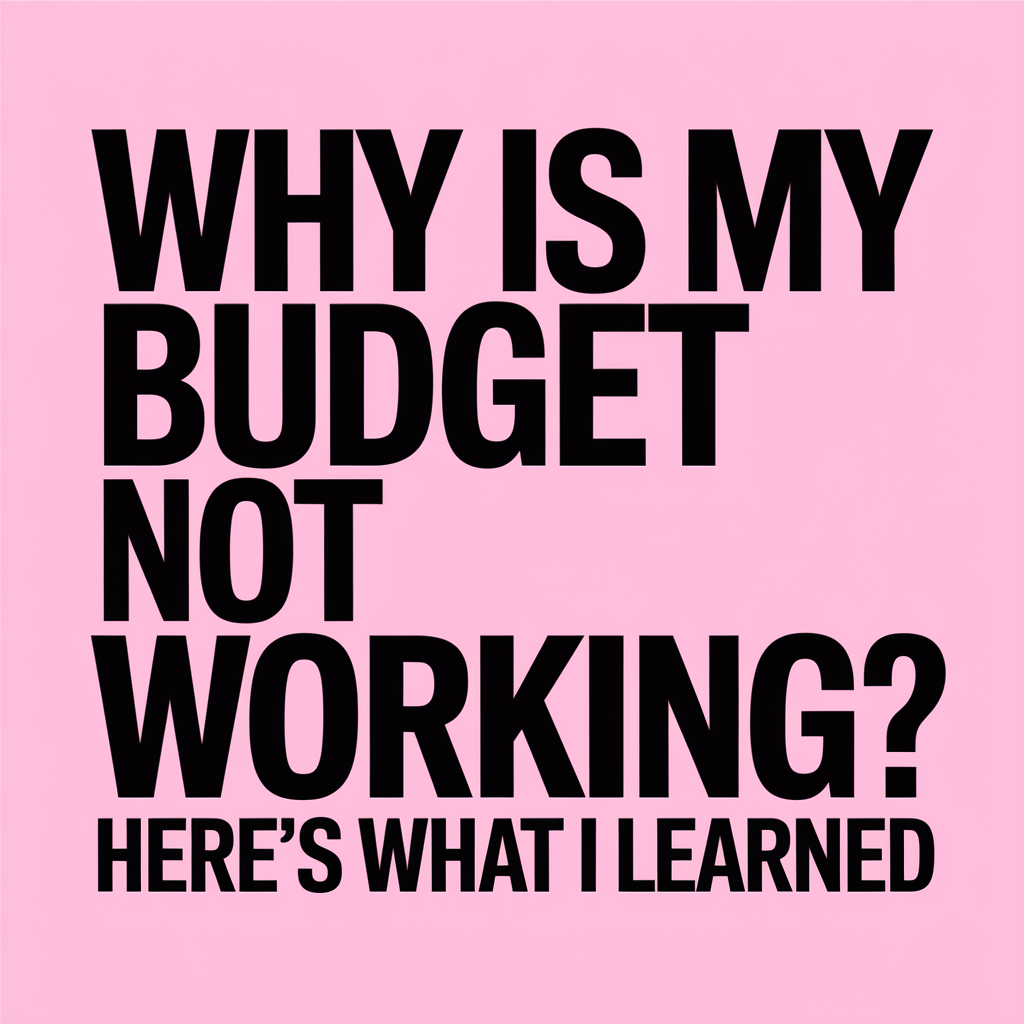
Daily Tricks That Actually Helped Me Stop Impulse Spending
These are real things I did — and still do — that helped me slow down and stay in control:
- Wait 24 Hours Before Buying Anything Unplanned
This gives you space to think clearly instead of reacting emotionally. - Delete Saved Cards from Shopping Sites
If I had to get up and grab my wallet, I had time to second-guess myself. - Unsubscribe from Store Emails and Notifications
Those “limited-time deals” are designed to make you feel urgent pressure. I unsubscribed from all of them. - Use a “Wish List” Instead of a Cart
I still saved things I liked, but putting them on a list made it feel less final. Most of the time, I never went back to buy them. - Set a Fun Budget
I didn’t cut out fun completely. I just gave myself a monthly “fun money” limit — and stuck to it.
👉 These little shifts helped me stop compulsive shopping and feel way more in control. And if you’re trying to break the cycle too, I highly recommend grabbing this Debt Snowball Tracker PDF 🧾 — it keeps you focused on goals instead of distractions.
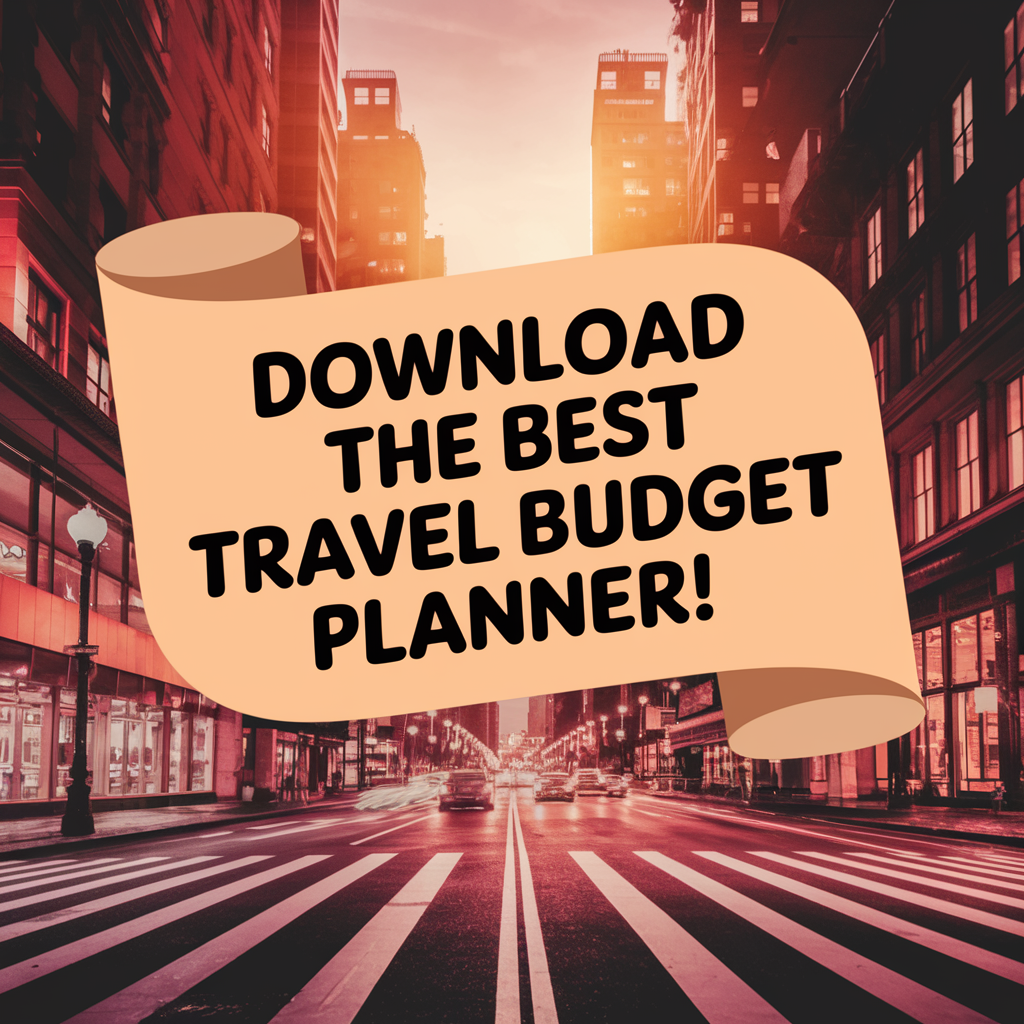
What I Learned About ADHD and Impulsive Spending
If you’re like me and your brain doesn’t like waiting… you’re not alone. People with ADHD (like me) tend to chase that quick dopamine hit — and buying stuff gives it instantly. The problem is, that temporary high usually turns into regret.
If you relate, check out this personal post on why I always felt broke — even when I technically had money. Understanding that deeper issue helped me stop the urge to “fix” things with fast purchases.
Here’s what helped me manage ADHD-driven impulse shopping:
- Use cash for spending — it physically hurts more to hand over bills than to swipe a card.
- Keep a visual goal — I stuck a photo of my dream vacation on my fridge to remind me why I was saving.
- Build a “pause” ritual — even 60 seconds of breathing before buying helped me break the cycle.

Turning Budgeting Into a Habit, Not a Hassle
One of the biggest game-changers? Getting real with my budget. But not the complicated kind. I used a super simple Monthly Budget Planner PDF 📒 to track every dollar — including my spontaneous buys.
I also started reading about how to live within your means and actually enjoy it, not dread it. That mindset shift is key.
Here’s how I made budgeting easy:
- Every Sunday, I did a 10-minute money check-in.
- I tracked just 3 categories: needs, wants, and savings.
- I kept my tools simple and digital. No overwhelming spreadsheets.
That consistency gave me clarity — and when I saw how much I used to blow on random stuff? I got mad enough to really change.

The Emotional Triggers Behind Impulse Shopping
Let’s be honest — a lot of my impulse spending wasn’t because I needed something. It was because I felt stressed, bored, lonely, or anxious. Sound familiar?
I used to reward myself after a tough day by “just browsing” online stores… but it always turned into a $40 cart I didn’t plan for. Over time, I started noticing the patterns and asked myself:
- Am I hungry, tired, or just in a bad mood?
- Would I still want this item tomorrow morning?
- Am I spending money to feel better emotionally?
Once I faced the truth, I found better outlets. I started writing, walking, or reading uplifting blogs like why your budget might not be working and started fixing the real root problems.
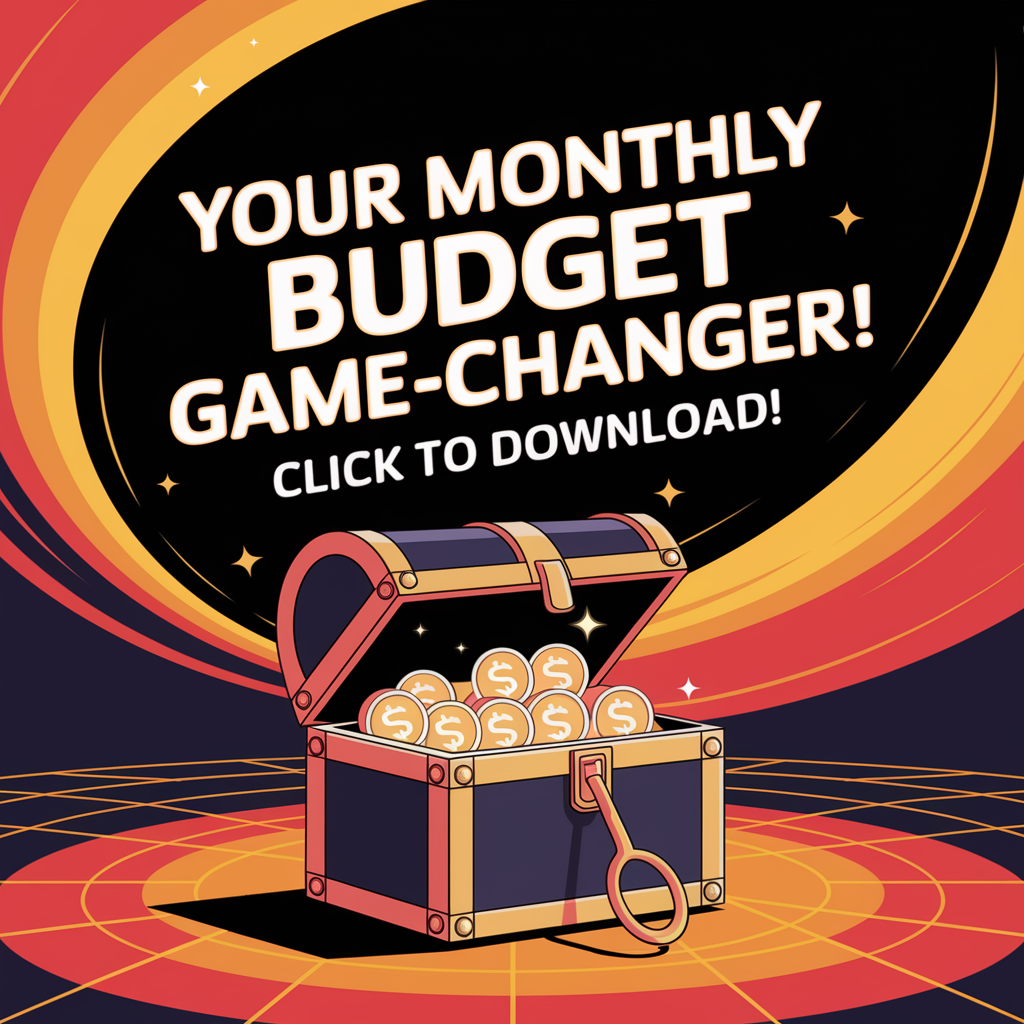
Use Tools That Make You Pause
Here’s the thing — impulse shopping happens fast. So I started using simple tools that slowed me down:
- Delete stored payment info from my phone or browser.
- Use a 24-hour rule — I had to wait a full day before buying anything over $25.
- Create a “wishlist” not a “checkout” habit — you’d be amazed how many things I didn’t buy just by letting them sit for a while.
One tool that helped a ton was using a Debt Snowball Tracker PDF 🧾 to see how fast I could pay off my debt if I just skipped the little splurges. It turned into a personal game — and winning felt way better than a 5-minute shopping high.

Build a Budget That Actually Includes Fun
Let me be real for a second — I used to think budgeting meant giving up everything I enjoyed. But when I finally built a realistic budget that included fun money, something changed.
Once I started using tools like this Monthly Budget Planner PDF 📝, I began assigning a small percentage of income to “guilt-free” spending. And you know what? It took the pressure off.
By planning a little room for splurges, I didn’t feel the urge to break the budget every time I passed a clearance rack. You can also check out why your budget might be failing if you keep falling off track — that insight was a game-changer for me.
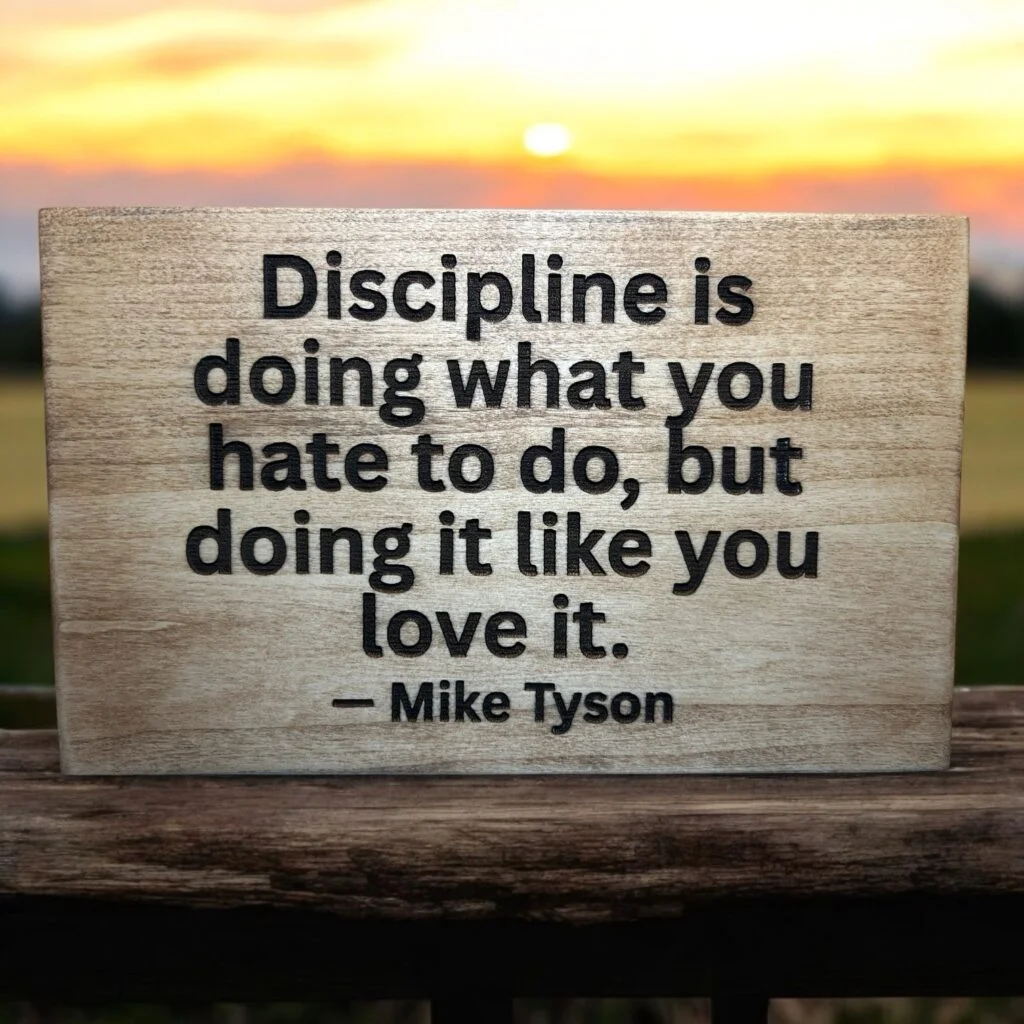
Train Yourself with “Trigger Check” Habits
Every time I caught myself adding something to my cart, I asked one of these:
- Do I already own something like this?
- Is this a want or a need?
- What happens if I walk away from this for 24 hours?
This habit helped me identify the emotional impulse vs. logical decisions. I also started using positive distractions. Instead of buying something, I’d read articles like how to live within your means to remind myself of the bigger goal.
Impulse shopping isn’t just a money problem — it’s often a mindset problem. Rewiring how you react takes time, but these trigger checks made a huge difference in my day-to-day choices.
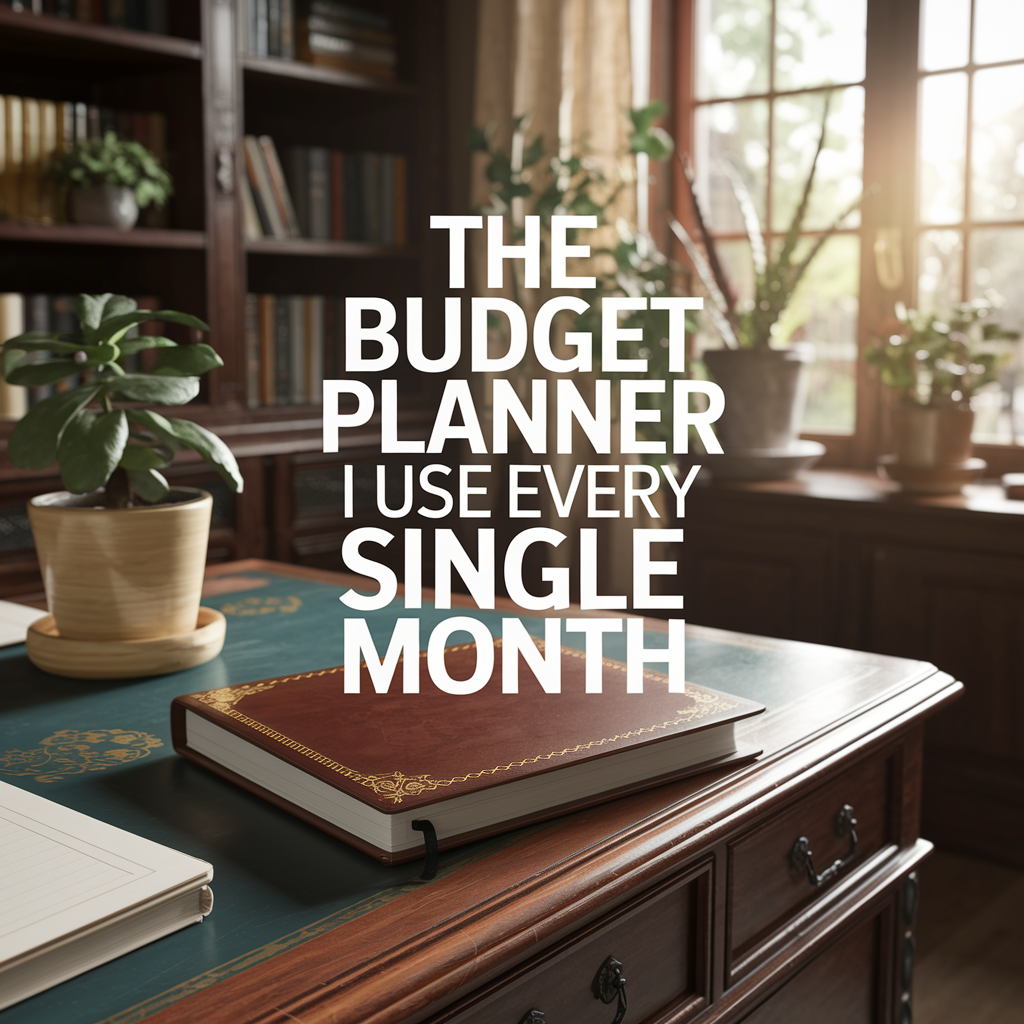
Change Your Environment to Reduce Temptation
One of the smartest things I ever did? Unsubscribed from marketing emails and unfollowed stores on social media. I was constantly being triggered to shop — not because I needed something, but because the ad made it look like a “deal I couldn’t pass up.”
Out of sight, out of mind is real. When I started filling my feed with things that inspired smarter habits — like tips for living below your means or budgeting advice that actually works — it helped me reset my financial mindset.
If your environment is full of spending triggers, it’s no wonder you’re always tempted. Clean up the noise so your money goals stay loud and clear.

Use Technology That Keeps You Accountable
I used to think tracking apps were a waste of time… until I found a couple that made it stupid simple to stay on budget. Acorns became my go-to for passive saving because I didn’t have to think about it — I just linked my cards and it rounded up spare change for me.
I talk more about this on my page all about Effortless Investing with Acorns if you’re curious. You can literally start with $5.
For budgeting, I’ve loved using printables like this Travel Budget Planner PDF ✈️ or Debt Snowball Tracker when I wanted a break from screens. Sometimes old-school visuals hit differently.

Buying Stuff to Feel Better? Been There.
Let me say it plainly — emotional spending is real, and I’ve totally done it. Rough day? I’d scroll Amazon. Bored? I’d “treat myself” at Target. But here’s what I learned: buying things didn’t fix the feeling, it just distracted me for a minute — and left me with regret (and less money).
If you feel like your shopping habits are tied to your emotions, you’re not alone. What helped me was replacing the impulse with something else. Sometimes it was journaling, other times it was going for a walk or diving into a free side hustle idea from this list of ways to make money on weekends.
I even wrote about how to get paid for doing “lazy” things — because if I’m gonna do nothing, I’d rather earn a few bucks than spend it.
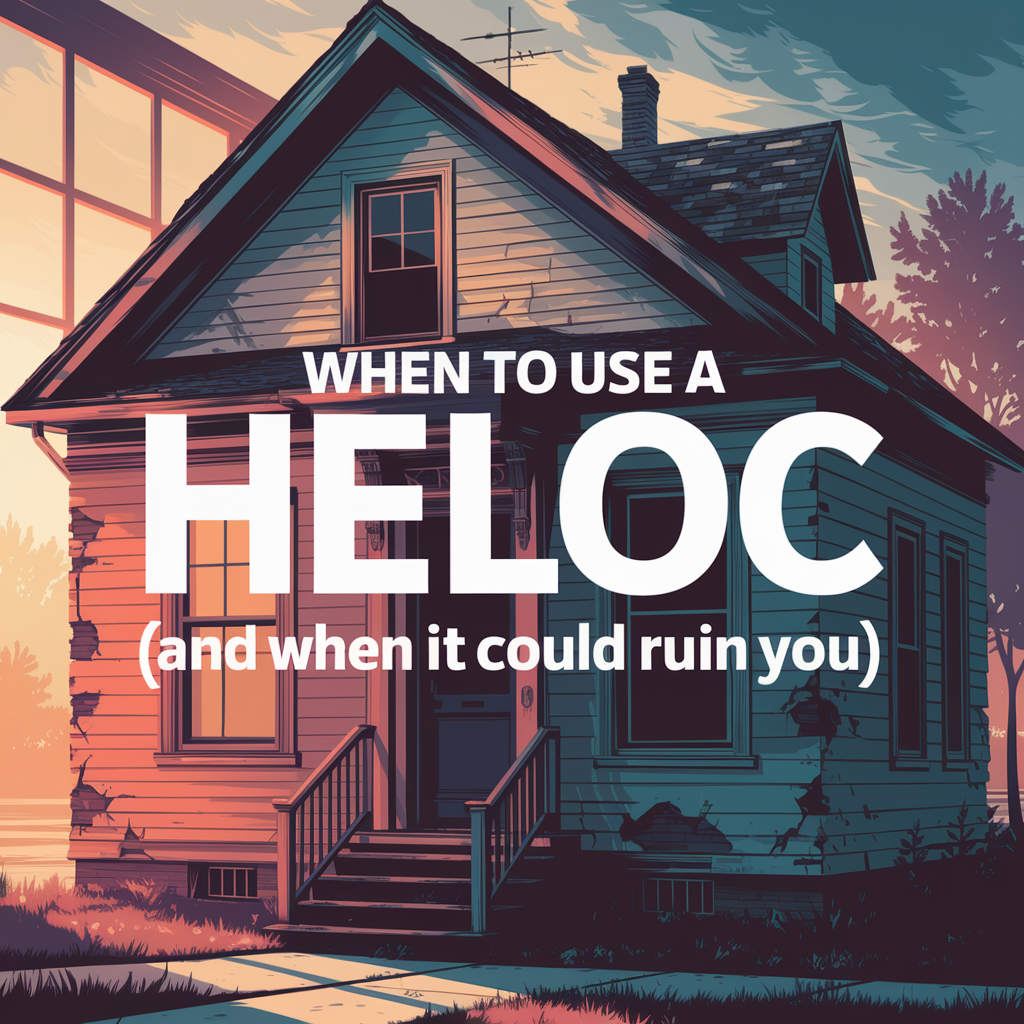
Create a 24-Hour Rule (It Works)
One small rule that made a huge difference for me? The 24-hour rule. If I see something I want, I wait a full day before buying it — no exceptions.
Nine times out of ten, I realize I don’t even want the thing anymore. That pause gives me just enough distance to think logically instead of emotionally. And if I still want it the next day, I’ll check if it fits into my monthly budget plan — and if not, I pass.
It’s not about never buying anything. It’s about buying on purpose, not out of impulse.

Celebrate Progress, Not Just Perfection 🎉
This one’s big — don’t beat yourself up when you slip. I’ve given in to impulse buys plenty of times, even after I thought I had it all under control. But here’s what matters: progress over perfection.
Every time you pause before buying, every time you stick to your budget, even once — that’s a win. Reward that behavior (without spending, of course). Maybe it’s just recognizing it, or maybe it’s treating yourself to something free like a walk, podcast, or just chilling knowing you didn’t blow your budget again.
If you want to take this even further, I really recommend checking out my tips for broke beginners looking to invest smart — because learning to grow your money instead of waste it is a powerful motivator to stop wasting it on stuff that doesn’t matter.

🤔 Common Questions About Impulse Shopping
What causes impulse buying?
Impulse buying is usually triggered by emotions like stress, boredom, or anxiety, or by external cues like sales, social media ads, or even FOMO. Recognizing your personal triggers is step one in beating the habit.
Is impulse shopping a mental health issue?
It can be. In some cases, compulsive spending may be linked to emotional disorders like depression, anxiety, or ADHD. If you feel out of control, it may help to talk to a therapist — there’s no shame in that.
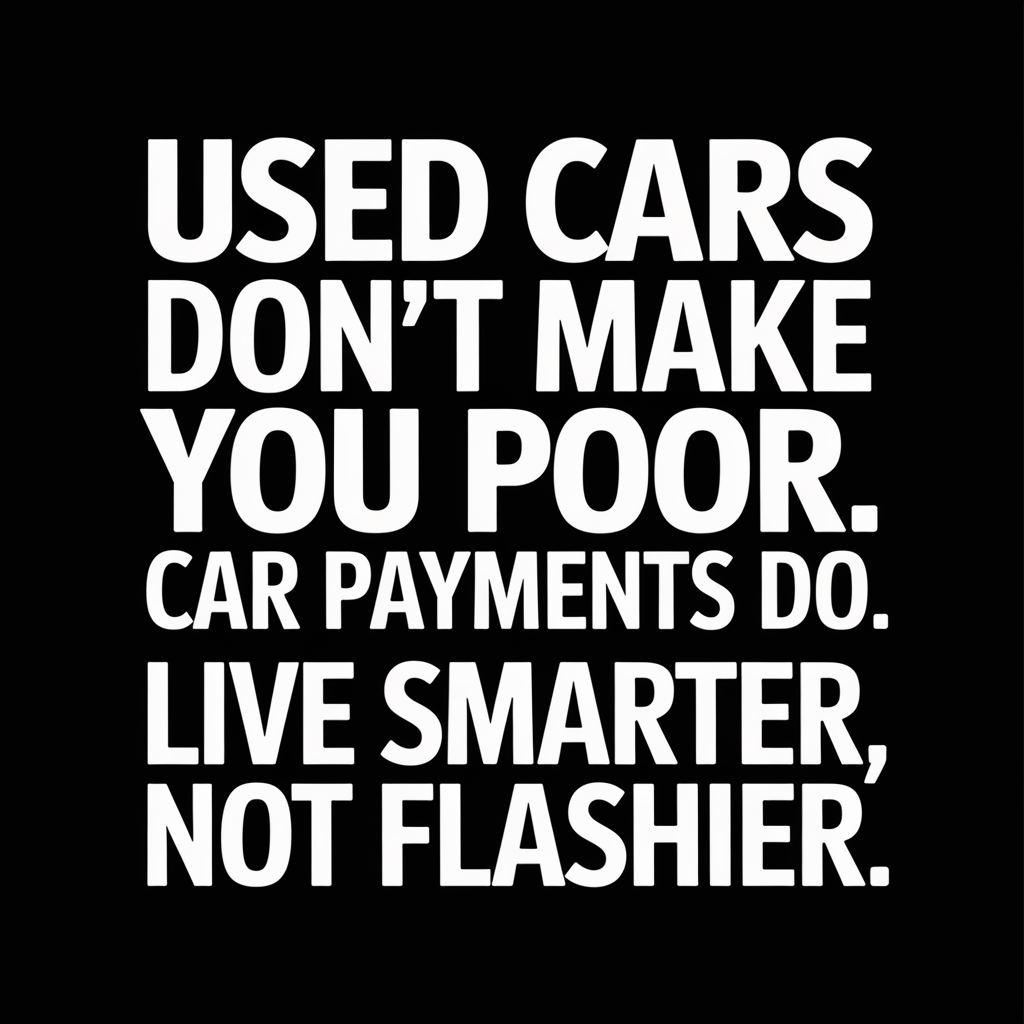
How can I stop impulse spending with ADHD?
People with ADHD often deal with impulsivity, which can make spending temptations harder to resist. Helpful strategies include removing one-click purchases, using cash-only spending, or sticking to a simple visual budgeting planner to track where every dollar goes.
Is impulse shopping the same as retail therapy?
Kind of. Retail therapy is a feel-good term for spending when you’re sad or stressed, but it’s still impulse shopping at its core. That little high you get from buying something fades fast — and you’re left with the bill.
